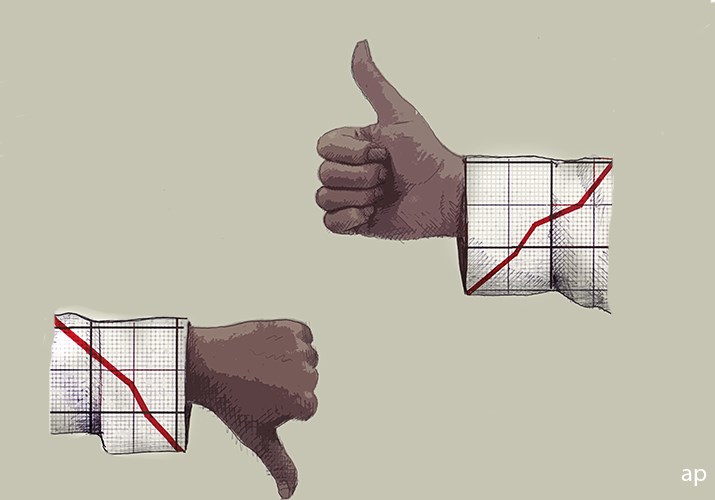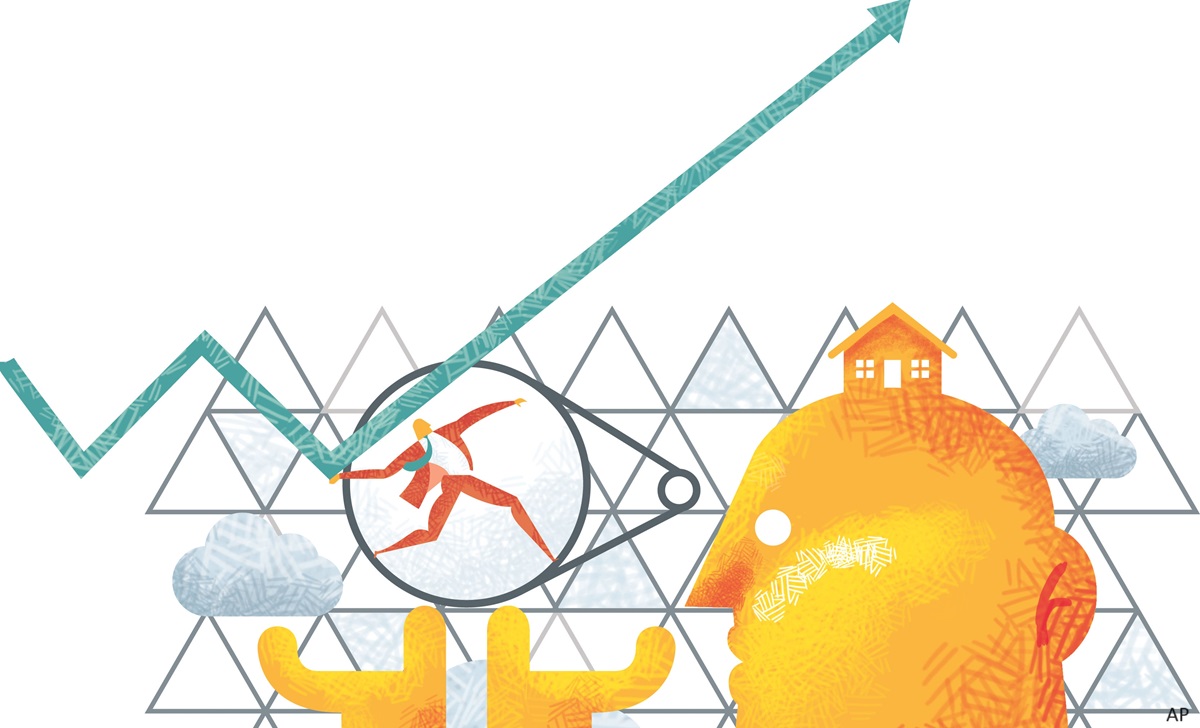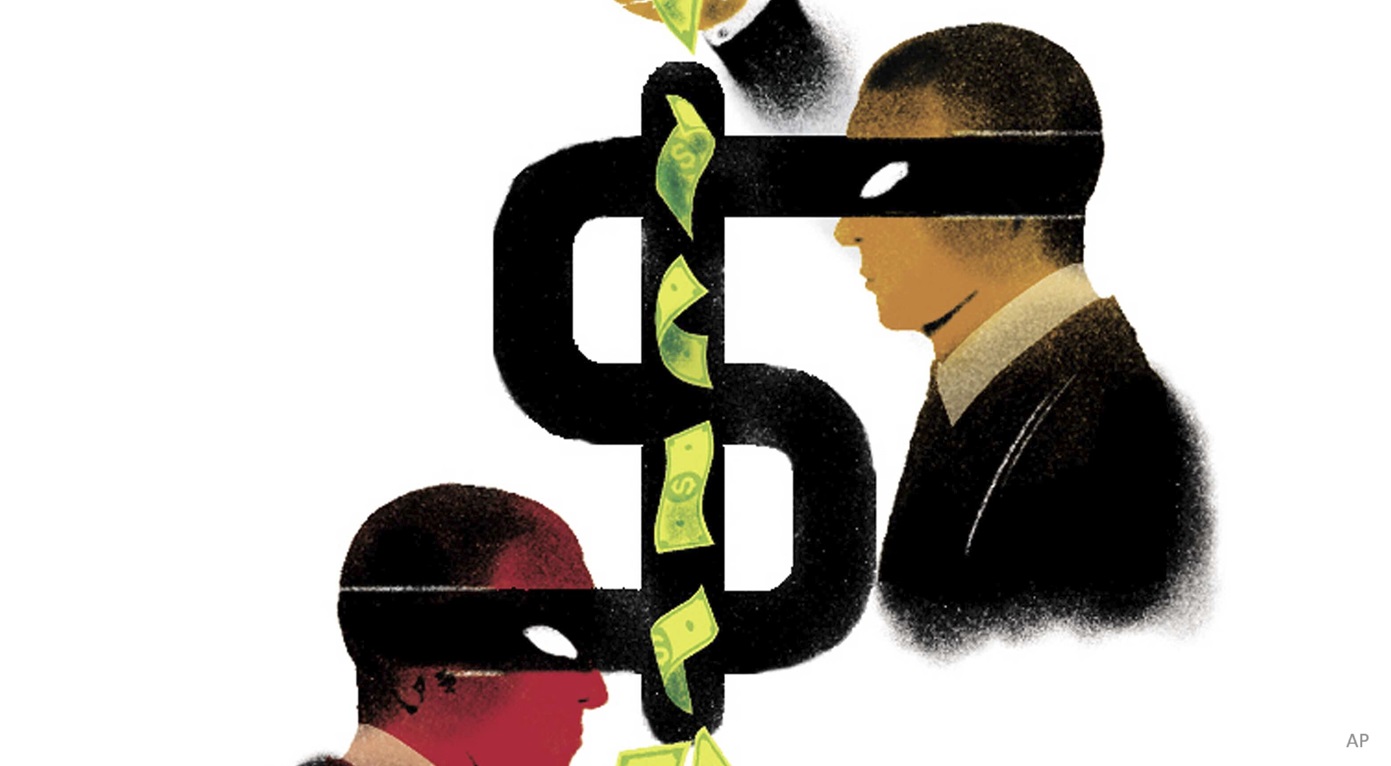
Recently, we’ve been answering many questions about money and personal financial situations. We discussed how you could talk to children about money, how much you should be saving, what investment bubbles can look like, and tips on when you should sell an investment.
These topics are great – if you can save and invest. But what if you are unable to put money aside to invest, maybe because you’re paying off debt?
That was a question a reader recently asked. Nina has some debt. She has a car loan, is carrying credit card debt, and has student loans. She worries about her debt.
Don’t Fear Debt
Morningstar’s director of behavioural insights, Leon Zeng, points out that this is natural. “Debt might sound like a scary burden to regular consumers, but it would be less scary if we could reframe it as a financial tool to help obtain needed assets and pay it back over time in a more manageable way,” he says.
Morningstar’s director of personal finance Christine Benz points out that it’s important to remember that debt paydown offers a guaranteed "return on investment" equivalent to whatever your interest rate is.
“Of course, one rule-of-thumb is to avoid being over-leveraged financially which could otherwise lead to mental stress,” Zeng adds.
Nina agrees and wants to make sure her debt is manageable, and so asked if we had any ideas about how she should go about repaying her debt. She specifically asked if the debt avalanche or the debt snowball is the better option to put out what’s burning a hole in your wallet.
Let’s start by understanding what these terms mean.
Where to Begin?
“One of the best first steps - you can reduce your interest rate or buy yourself some time before your interest starts racking up. Many banks offer balance-transfer credit cards with 1% introductory rates for a certain period, usually 12 to 18 months. You can use that grace period to turbocharge your debt paydown; all of your payments will go directly to your outstanding balance. Just be sure to check the fees associated with the card; there may be charges to transfer your balance,” Benz says.
Regardless of how quickly you want to pay off your debts, the initial steps you must take are the same. You have to list out how much you owe, to whom, over what time periods, and at what interest rates.
Once that’s done, if you want to turbocharge your debt paydown, there are many ways in which you could go about it, two of which are debt avalanche and debt snowball.
Now that you have all your debt details written out, it’s time to look at how the two methods work.
In Nina’s case, she owes:
$9,000 in credit card debt at 19.99%/year
$6,500 in a car loan at 3.5%/year
$11,000 in government and private student loans at around 3%/year
With the debt avalanche method, you make minimum payments on ALL debts. Then, any money that you have leftover is thrown into repaying the debt with the highest rate of interest. Once you finish paying that one off, you move to the next-highest interest rate loan. And then the next, until all your debts are paid off.
In the avalanche method, Nina would start by paying off her credit card, then move to the car loan, and finally pay off her “cheapest” student loans.
In the debt snowball method, you list your debts from smallest to largest, make minimum payments on ALL debts, and then put all the extra cash you have towards paying off the smallest debt first. Once that is paid off, you move to the next one, and the next, until you’re debt-free.
With the snowball method, Nina would start by paying off the car loan, then move onto credit card debt, and finally tackle the student loans.
But which is better?
Do the Math
“Financially and theoretically, it is always better to pay off the highest interest rate debt first (i.e. the debt avalanche approach), because reducing the total amount of interest-paying liability would benefit the investor from the mathematical perspective when considering the total payment to clear the debt,” Zeng says.
Morningstar’s director of personal finance Christine Benz agrees, adding that “The math certainly favours the avalanche, in that you're wiping out high-rate debt first; such debt is the costliest for you.” She adds that getting rid of high-interest debt should typically be near the top of anyone's funding queue. After all, there's no way you can beat a double-digit return by investing in anything else that's guaranteed.
More than Money
However, Zeng points out that debt is often about more than money. The psychological piece of debt and money in general, is extremely important, as it can make the difference between sticking with the plan and stopping.
Benz notes that the math doesn't favour the snowball method, in that paying off high-interest-rate debt will always deliver more of a payoff than lower-interest debt. “But if this strategy incentivizes someone to become debt-free, it's hard to be a naysayer! Anyone who has ever tried to tackle a daunting task--whether cleaning up a house after a dinner party or tackling a large project at work--knows that there's great power in just taking those first small steps. So the debt snowball is kind of a behavioural trick, the idea being that taking small steps can lead to a sense of motivation and empowerment. In this case, the creditor wipes out the smallest debts first, regardless of interest rate,” she says.
“In reality, many consumers try to pay off the smallest debt first to get a sense of control, further a sense of achievement, and even more practically, to stop repeated collection calls from creditors to get peace of mind,” Zeng says.
Bottom Line
There is no direct formula or “right” answer here. Debt and money are deeply personal, and only you can decide your relationship with your money.
“Even though on paper the high-interest-first method saves you more money, in PRACTICE the snowball method can save you more because, again, if you stop in the middle of the plan, you don’t save the money. If people were equally likely to see the plan through, then the snowball method wouldn’t have a prayer, but that’s simply not the case,” points our Morningstar behavioural economist Sarah Newcomb. “Now, all that said, there are some people who are more motivated by the idea of saving money on interest than they are by that sense of momentum. However, those people aren’t the ones who need to be using behavioral methods in the first place because they are already more driven by the numbers,” she notes.
“The benefits of behavioural strategies like the snowball method can't really be measured in numbers,” says Benz, “The math favours the avalanche approach, but if the snowball helps someone actually achieve the goal of being debt-free, there's value in that, too.”











:quality(80)/cloudfront-us-east-1.images.arcpublishing.com/morningstar/Q3KIND5VXRCNHHH6JQHCCYBSSA.png)








